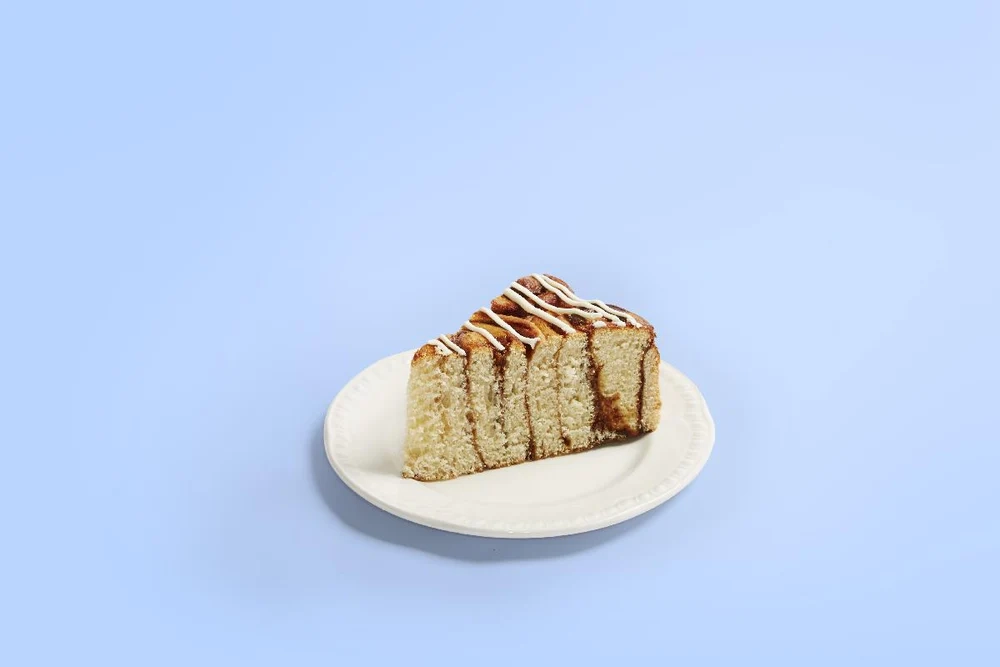
Baking your own bread at home is easy and starts with a simple dough. Kneading is the process that brings the dough together, develops the strands of gluten and creates a silky and strong dough ready to be baked.
Why do we knead dough?
Kneading stretches and develops the gluten strands in the dough. The protein strands line up and this creates a gluten matrix in the bread which traps air and lets the bread rise.
Kneading dough by hand
This is arguably all the fun of bread making! Kneading lets you have full control over the finished texture of your loaf and involves punching, stretching and dragging the dough across a floured surface.
Kneading dough in a stand mixer
Stand mixers come with a dough hook attachment, which makes light work of kneading dough with less mess. Be careful not to leave it running for too long as they can quickly over knead a mixture.
How can you tell when dough is under kneaded?
It is floppy and unstructured and tears easily.
How can you tell when dough is over kneaded?
It becomes hard to knead further and feels tougher.
How can you tell when dough is perfectly kneaded?
Around ten minutes is about the perfect time to knead dough by hand, but this will depend on how vigorous you are with your kneading. The ‘window test’ is a good benchmark to see whether your dough is done, just stretch a small ball of dough between your fingers and hold it up against the light. If it rips easily, it needs more kneading. It should feel nicely elastic and bouncy in texture.
Basic tips for how to knead and shape your dough:
Follow us on
 hummingbbakery
hummingbbakery





